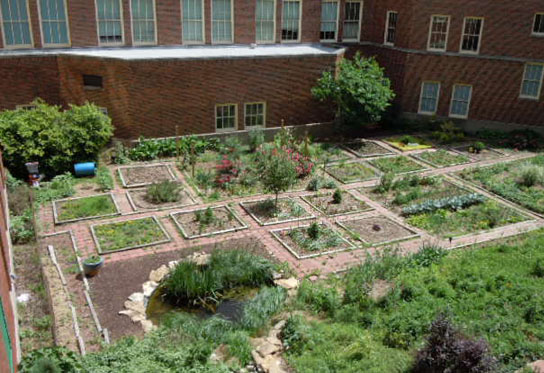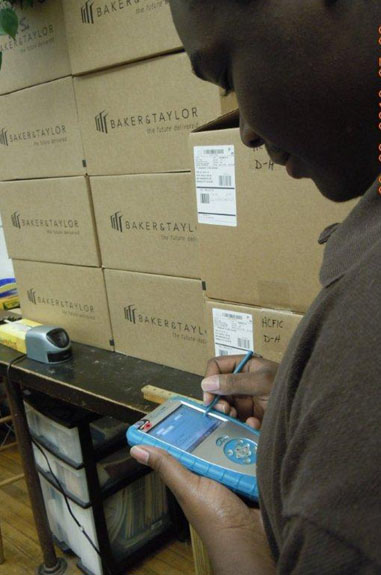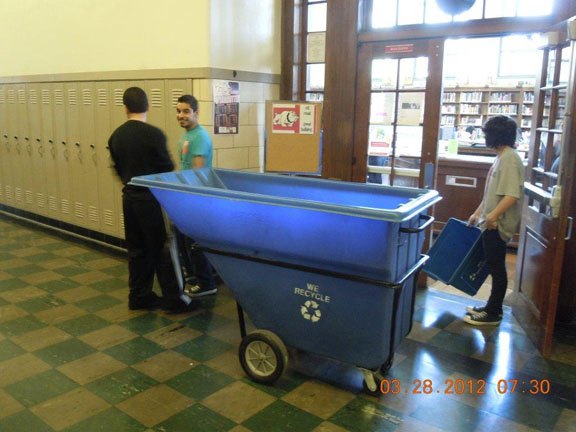Wolford Elementary School has been a member of the PLT GreenSchools network since 2009. The school is located in McKinney, TX, a small city of 135,000 that is rated among the top five cities in the U.S. for its quality of life by a national magazine.
Conservation is woven into Wolford’s entire curriculum. Beginning in kindergarten and continuing through 5th grade, for example, students must “Demonstrate how to make informed choices and use, conserve, and properly dispose of materials.”
Wolford Elementary won top honors among K-5 schools in a U.S. Earth Day Contest sponsored by Project Earth. That award put the school among the ranks of the world’s greenest schools for its efforts to reduce energy consumption, implement recycling programs, improve water conservation, and create gardens on the school’s grounds.
Energy Investigation
Students recommended a system to monitor electricity use and consumption. Student “Watt Watchers” make regular rounds of the building to ensure that lights and electrical items not in use are turned off. “The kids are great about telling people to turn off the lights—or else!,” said 5th grade science teacher Doug Chapman.
As a result of the students’ findings, Wolford’s Environmental Club worked with the school district to install sensors to turn lights off when a room isn’t occupied. In 2011 the school realized a cost savings of 8%, along with a 10% savings in electricity consumption. These savings were achieved through a combination of awareness and changes in lighting. For example, the school district replaced the lights in Wolford’s gym and added reflectors so the light is just as bright, while using less powerful bulbs. Students and teachers turn off computers not in use. Another recommendation was to conserve power used by the laminating machine, which was turned on and left on every morning. Now, it is turned on at scheduled times.
Waste and Recycling Investigation
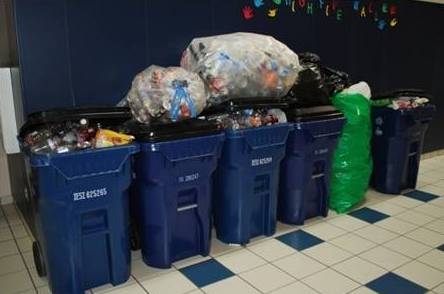 Wolford Elementary’s students are conscientious about collecting aluminum cans. The students also recycle other materials such as printer cartridges, laptop computers, cell phones, printers, video terminals, sneakers, and eyeglasses (working with the local Lions Club). Last year these efforts raised just over $1,000 from selling these items to certified recyclers.
Wolford Elementary’s students are conscientious about collecting aluminum cans. The students also recycle other materials such as printer cartridges, laptop computers, cell phones, printers, video terminals, sneakers, and eyeglasses (working with the local Lions Club). Last year these efforts raised just over $1,000 from selling these items to certified recyclers.
Each Friday afternoon, members of Wolford’s Environmental Club spend about 30 minutes sorting, counting, and packaging recyclables with the help of a parent volunteer. By recycling cans and bottles from the school cafeteria, the students were able to cut the amount of trash going to the school’s dumpsters by about 30%.
Water Investigation
Texas has suffered from drought, so conserving water has been a major focus of the Environmental Club’s work.
When students realized that many of their personal water bottles still had water in them at the end of the day, they came up with the idea of putting one-gallon jugs in each classroom to collect water from the smaller bottles each day. Instead of throwing precious water away, students now put leftover water in one of the gallon bottles, and use it to water the school garden.
School Site Investigation
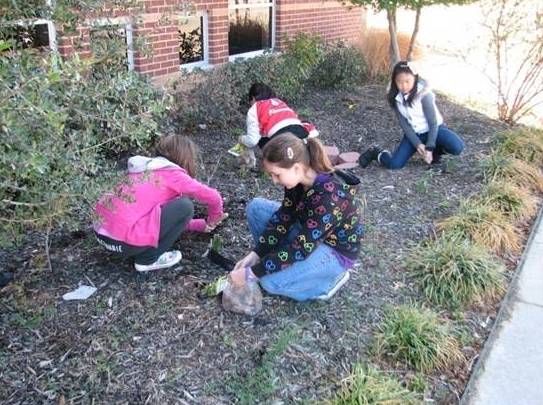 Wolford Elementary students planted a Learning Garden on school grounds that includes a butterfly garden, into which they release butterflies every year. They hope to establish a community garden for McKinney’s families, as well.
Wolford Elementary students planted a Learning Garden on school grounds that includes a butterfly garden, into which they release butterflies every year. They hope to establish a community garden for McKinney’s families, as well.
Environmental Quality Investigation
Students measure carbon dioxide levels twice each day in the classroom, and have added green plants and vines to classrooms to see if CO2 levels can be lowered. They have questioned if students’ attention and academic achievement will improve as classroom oxygen levels improve—although the answer to that question may be difficult to quantify.
Wolford’s environmental quality investigation presented the biggest challenge, due to the logistics of transporting students. Four buses come to the school every morning, and three vehicles pick students up to take them to after-school daycare. As a result of the Environmental Quality investigation, many students now ride their bikes to school every day, and others carpool.


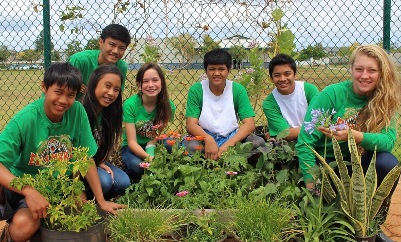 ’Ewa Makai Middle School is located on the south coast of the Hawaiian island of Oahu. The school opened its doors in January 2011. In just over a year, it earned high honors for green building construction and environmentally-focused academics.
’Ewa Makai Middle School is located on the south coast of the Hawaiian island of Oahu. The school opened its doors in January 2011. In just over a year, it earned high honors for green building construction and environmentally-focused academics.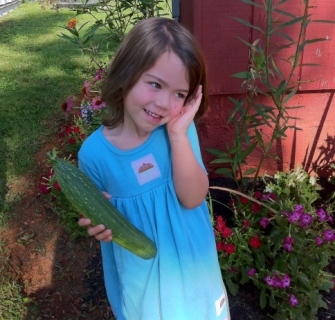 Pollinators play an important role in the production of the food we eat, the health of flowering plants we love to admire, and so much more!
Pollinators play an important role in the production of the food we eat, the health of flowering plants we love to admire, and so much more!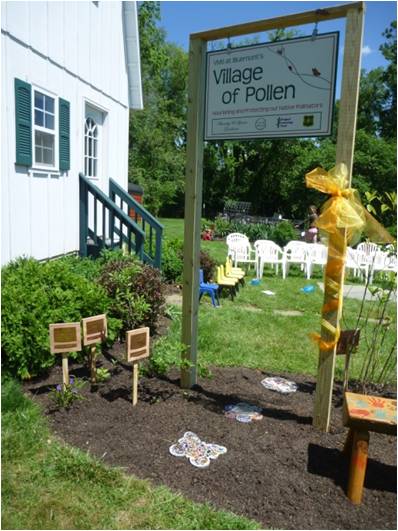 Village Montessori School in Bluemont, VA, involved elementary students, teachers, and parent volunteers in creating a “Village of Pollen.”
Village Montessori School in Bluemont, VA, involved elementary students, teachers, and parent volunteers in creating a “Village of Pollen.”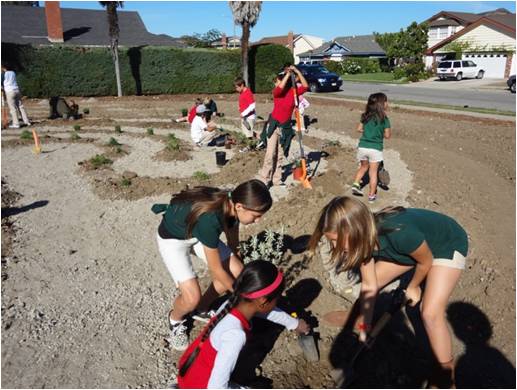 Along with their teachers and community members, students at EARTHS Magnet Middle School in Newbury Park, CA, designed, planted and now maintain a community garden with a native plant pollinator labyrinth.
Along with their teachers and community members, students at EARTHS Magnet Middle School in Newbury Park, CA, designed, planted and now maintain a community garden with a native plant pollinator labyrinth.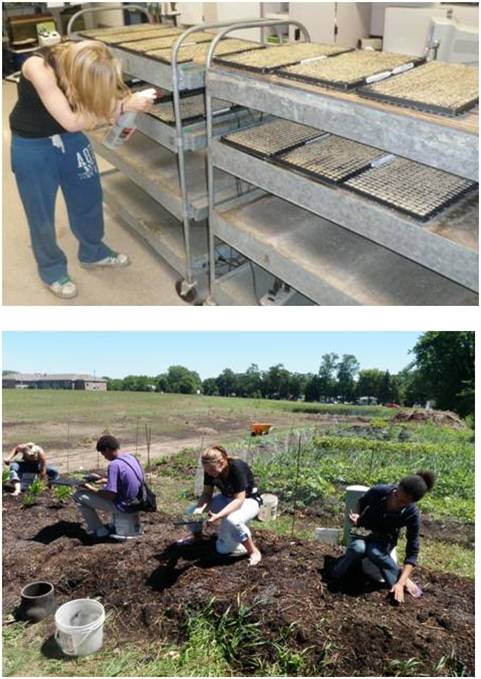 Bees, butterflies, birds, and other pollinator species can also find new habitat around Wright Technical Center and Wright Learning Center (WTC/WLC) in Buffalo, MN.
Bees, butterflies, birds, and other pollinator species can also find new habitat around Wright Technical Center and Wright Learning Center (WTC/WLC) in Buffalo, MN.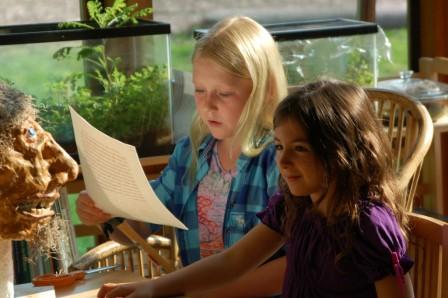 The Willow School in Gladstone, New Jersey, dubs itself “The Little Green Schoolhouse.” That’s because Willow is one of the first schools in the nation to adopt sustainability as an integrated concept. The school’s progressive commitment to sustainability, both on its campus and in its curriculum, earned it a rating by the National Geographic’s “Green Guide” as the nation’s second greenest school several years ago.
The Willow School in Gladstone, New Jersey, dubs itself “The Little Green Schoolhouse.” That’s because Willow is one of the first schools in the nation to adopt sustainability as an integrated concept. The school’s progressive commitment to sustainability, both on its campus and in its curriculum, earned it a rating by the National Geographic’s “Green Guide” as the nation’s second greenest school several years ago.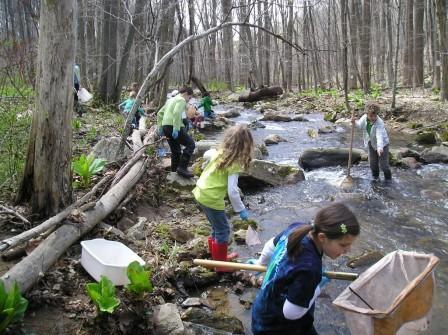 The school is ideally suited for exploring, experiencing and learning from nature. The 34-acre campus allows for on-site studies of forests, wetlands, water quality and groundwater systems, and the changes that come with the seasons.
The school is ideally suited for exploring, experiencing and learning from nature. The 34-acre campus allows for on-site studies of forests, wetlands, water quality and groundwater systems, and the changes that come with the seasons.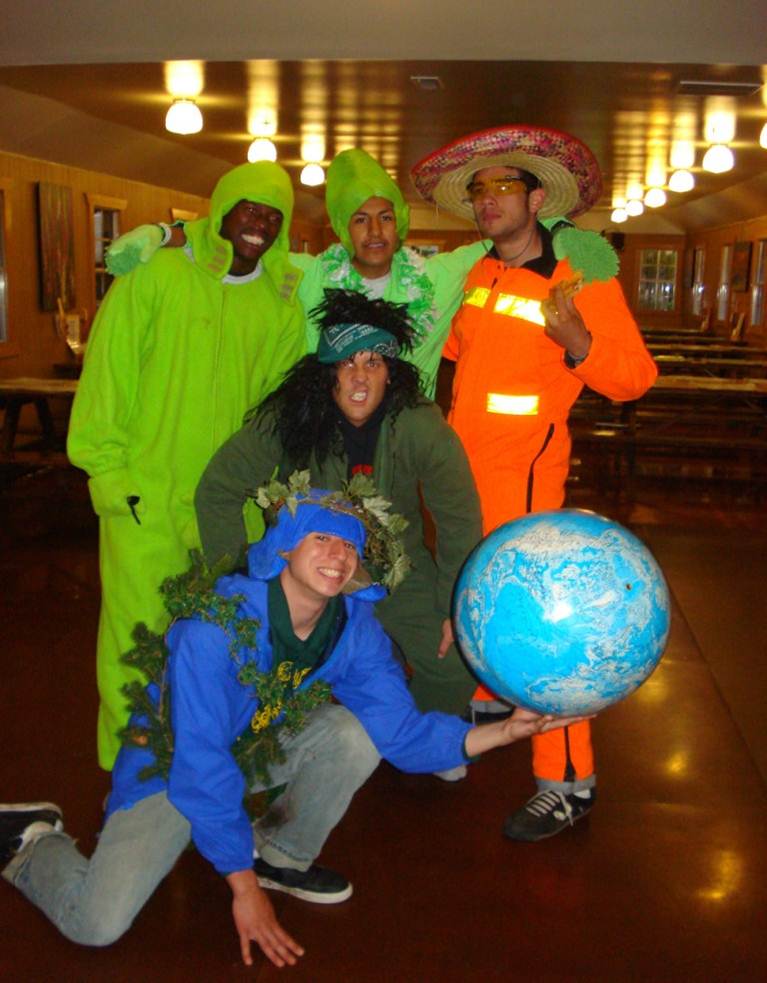 The school’s Green Team is composed of eight high school students enrolled in the Waskowitz Environmental Leadership Semester (WELS). These students live in the cabins with the younger students, and serve as role models and mentors who lead the investigations. These students also have created environmental skits that they perform for the 6th grade students that feature Captain Planet, Trashbuster, and other environmental superheroes.
The school’s Green Team is composed of eight high school students enrolled in the Waskowitz Environmental Leadership Semester (WELS). These students live in the cabins with the younger students, and serve as role models and mentors who lead the investigations. These students also have created environmental skits that they perform for the 6th grade students that feature Captain Planet, Trashbuster, and other environmental superheroes.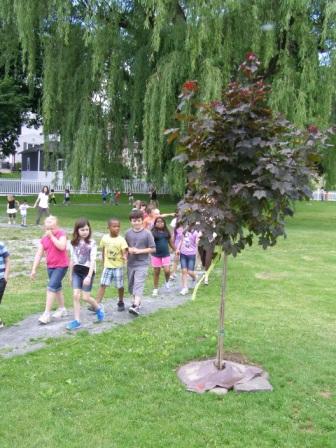
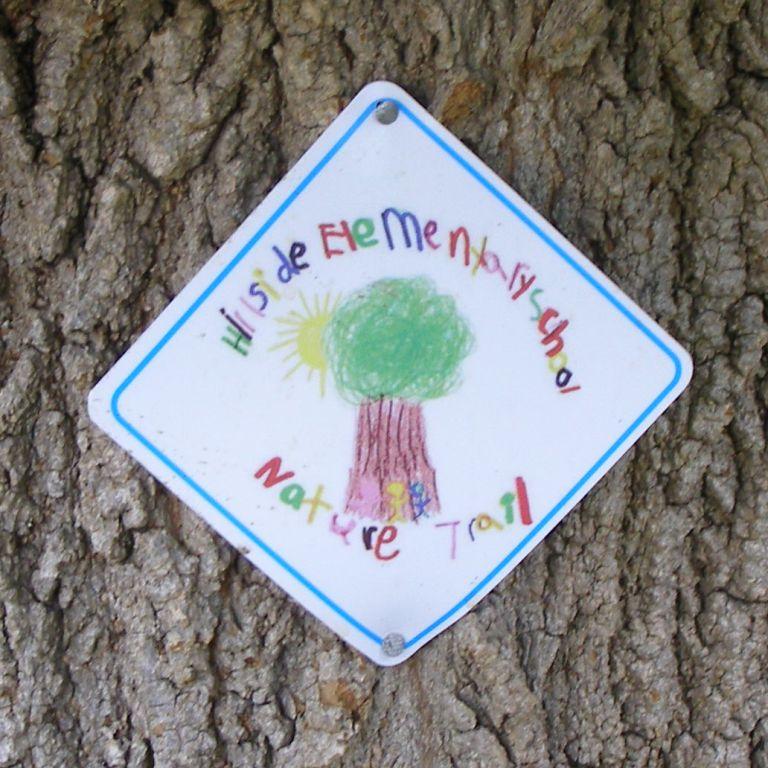 Fifth-graders class joined with the kindergarteners in planning the trail, serving as mentors to their younger counterparts. Together, they designed a logo, created a map and a guide, and researched plants to place along the pathways. A parent volunteer who is a professional landscaper and the school’s head custodian helped the students design the trail. Students, parents, and other volunteers spent several weekends on the project, and about 75 people participated on the final day of work that included planting trees and a butterfly garden.
Fifth-graders class joined with the kindergarteners in planning the trail, serving as mentors to their younger counterparts. Together, they designed a logo, created a map and a guide, and researched plants to place along the pathways. A parent volunteer who is a professional landscaper and the school’s head custodian helped the students design the trail. Students, parents, and other volunteers spent several weekends on the project, and about 75 people participated on the final day of work that included planting trees and a butterfly garden.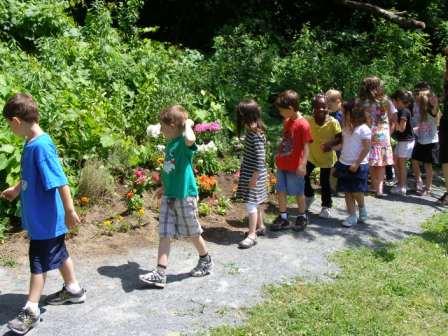 When complete, Hillside held a nature trail dedication ceremony to recognize the contributors and celebrate their accomplishment. I was invited to give the keynote address and told the audience that the trail represents a symbol of service, of community, and a dedication to getting students outdoors and getting them to experience everything that nature has to offer. After the formal program, students from the kindergarten and the fifth grade led the rest of the school in walking the trail, and local press covered the event.
When complete, Hillside held a nature trail dedication ceremony to recognize the contributors and celebrate their accomplishment. I was invited to give the keynote address and told the audience that the trail represents a symbol of service, of community, and a dedication to getting students outdoors and getting them to experience everything that nature has to offer. After the formal program, students from the kindergarten and the fifth grade led the rest of the school in walking the trail, and local press covered the event.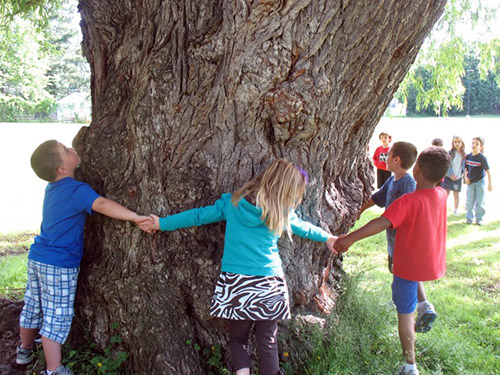 Mathews shared tips for success that extend to many other aspects of school:
Mathews shared tips for success that extend to many other aspects of school: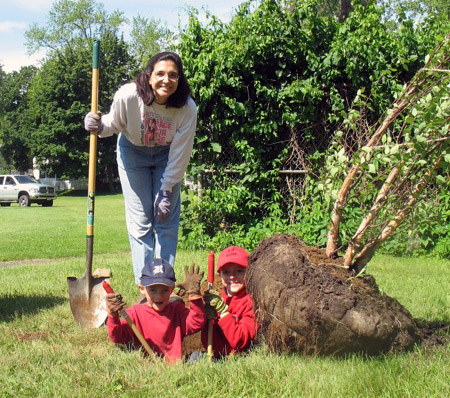 Ask parents for help. Students, their parents and families were invited to participate in the construction day. We organized people into small groups based on the interests they indicated on a RSVP form (laying ground cover, posting signs, planting trees, etc.) and assigned a parent to be “team leader” for each group. In addition to our parent who was a landscaper, another parent was a carpenter who could help with the signage. A parent who could not participate in the construction was more than willing to organize the refreshments.
Ask parents for help. Students, their parents and families were invited to participate in the construction day. We organized people into small groups based on the interests they indicated on a RSVP form (laying ground cover, posting signs, planting trees, etc.) and assigned a parent to be “team leader” for each group. In addition to our parent who was a landscaper, another parent was a carpenter who could help with the signage. A parent who could not participate in the construction was more than willing to organize the refreshments.